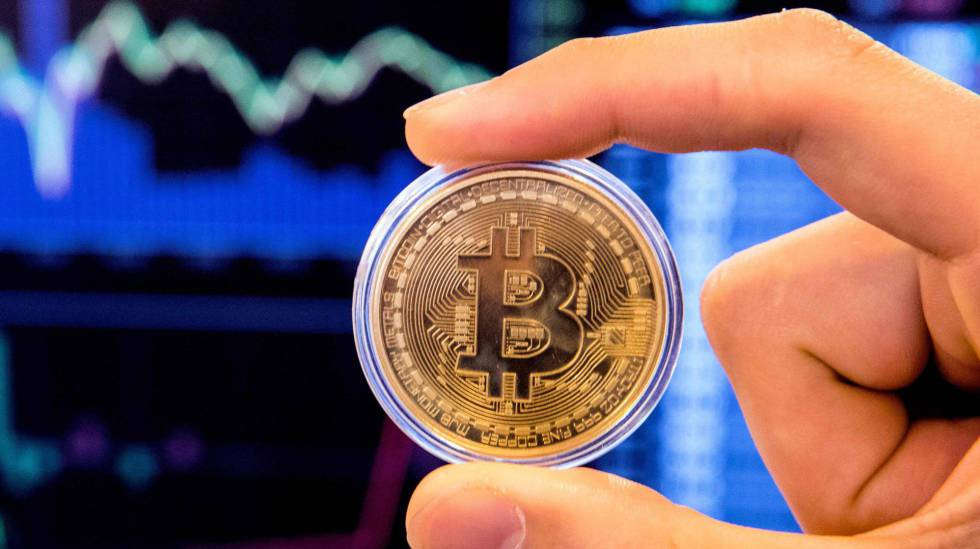I will discuss the When Will The Last Bitcoin Be Mined of the final Bitcoin block, detailing the expected schedule, elucidating the significance of Bitcoin halving events, and assessing the implications for miners and the broader network.
Insofar as Bitcoin’s total issuance is mechanically bounded to 21 million units, the determination of the epoch marking the last mined coin is critical for evaluating the protocol’s prospective value trajectory and long-term economic viability.
What is Bitcoin?
Bitcoin is a distributed digital currency that facilitates direct peer-to-peer transfer of value free of centralized custodians like banks. Launched in 2009 by an unidentified individual or collective writing as Satoshi Nakamoto, it is sustained by a blockchain, an immutable public ledger that chronologically catalogs every executed transaction.

Possessing the attributes of a proprietary monetary instrument, Bitcoin can serve as a medium of exchange for virtual acquisitions, a vehicle for speculative investment, or a medium of storage of wealth.
The total issuance is mathematically constrained to 21 million units, conferring a deflationary profile and instilling scarcity that has attracted enduring, and sometimes speculative, interest across the cryptocurrency ecosystem.
When Will The Last Bitcoin Be Mined?

Fixed Supply
Bitcoin’s total issuance is capped at 21 million, preventing any future supply increase.
Reward Halving
Approximately every 210,000 blocks (roughly every 4 years), the reward given to miners halves, decelerating the creation of new coins.
Circulating Supply
As of now, over 19.7 million BTC are mined, thus under 2 million coins remain.
Projected Event
Following the established halving cadence, the last Bitcoin is expected to be issued circa 2140.
Post-2140 Rewards
After that year, miners will receive no new coin subsidy, and their income will derive solely from transaction fees to secure the network.
What Is The Total Supply Of Bitcoin?
The protocol governing Bitcoin stipulates a terminal supply of precisely 21 million coins, a limit established by the pseudonymous designer Satoshi Nakamoto.
This predetermined maximum effectively precludes the issuance of any additional units, conferring a deflationary character upon Bitcoin that contrasts sharply with fiduciary currencies, which may be inflated at the discretion of monetary authorities.
To date, the cumulative issuance has exceeded 19.7 million coins, such that fewer than 2 million coins remain available for mining. This carefully engineered scarcity undergirds the frequent characterization of Bitcoin as “digital gold.”
- Total Supply: 21,000,000 bitcoin
- Total Circulating Supply: Around 19.8M bitcoin
- Percentage Of Mined Bitcoin: 94.4%
- Bitcoin Mined: 450 bitcoin are mined each day, 3,150 bitcoin each week and 13,687.5 bitcoin each month
How Does The Bitcoin Mining Process Work?
Transaction Intake: Miners accumulate pending transactions transmitted across the Bitcoin peer-to-peer network and compile them into a candidate block.
Block Formation: The candidate block encompasses the selected transactions and incorporates the cryptographic hash of the immediately preceding block, thereby affirming the sequential integrity of the blockchain.
Proof-of-Work Challenge: Each prospective block is subjected to an arduous cryptographic puzzle, the objective of which is to discover a hash that is less than a specified target. The effort is resource-intensive and demands considerable computational capacity.
Success Announcement: The participant that computes a hash satisfying the target condition expeditiously publishes the validated block to all network nodes.
Incentive Mechanism: The victorious miner receives an increasing quantity of Bitcoins as a direct consequence of the successful block creation, comprising a fixed subsidy augmented by the cumulative transaction fees of the included transfers.
Protocol-Dictated Halving: Approximately every 210,000 blocks, equating to a rough quadrennial interval, the subsidy diminishes by one-half, thereby decelerating the inflation rate of the currency and moving incrementally toward a terminal cap of 21 million Bitcoins.
Implications for Miners and the Network
For Miners
Declining Block Rewards: Continued halving events cut miner earnings, stressing profit margins, particularly for operators with elevated power rates.
Dependence on Fees: Projected limits on new issuance will progressively compel miners to rely exclusively on transaction fees for revenue when the maximum supply is reached.
Increased Competition: Network-adjusted difficulty with new entrant miners will force existing operators to adopt more efficient hardware to maintain margins.
For the Network
Security & Stability: Post-supply event, miner incentives shift to fee revenue, yet the incentive to validate and secure blocks remains, preserving chain integrity.
Decentralization Risk: Escalating operational expenditures may drive smaller-scale miners from the market, concentrating hash power among larger, more centralized pools.
Sustainable Ecosystem: An asymmetric supply curve fosters scarcity, which underpins Bitcoin’s market valuation and underlies the incentive to preserve ongoing network security.
Transition to Transaction Fees
As the Bitcoin protocol enforces periodic halving events that cut the block reward in half, the incentive structure for miners progressively pivots away from newly released coins toward transaction fees.
By the time the system approaches the fixed cap of 21 million coins, expected sometime in the 2140s, transaction fees will provide the primary economic justification for miners to continue securing the chain.
In the post-supply stage, miners will no longer receive a fixed block subsidy; rather, their earnings will derive from the aggregate fees users attach to individual transactions.
This design guarantees continued security: demand for block space—and, by extension, transaction fees—will incentivize the ongoing verification of the public ledger, thus maintaining the integrity of the system without introducing further coin inflation.
The Future of Bitcoin Mining

Bitcoin mining’s prospects will hinge upon a confluence of technological, economic, and ecological variables. The diminishing magnitude of block rewards directs increasing reliance on transaction fees, positioning them as the primary revenue stream for miners and assuring the network’s integrity past the year 2140.
State-of-the-art mining appliances are forecasted to yield superior energy efficiency, thereby curtailing both power demand and operational expenditures. Paradoxically, mounting global scrutiny of carbon emissions compels the sector to accelerate the integration of renewable energy.
Concurrently, marginal miners may yield to economic stress, potentially amplifying the concentration of hashing power among a small cohort of operators and thereby threatening the decentralized architecture. Nonetheless, the combination of Bitcoin’s capped issuance and its expanding user base implies that mining will retain its instrumental function in safeguarding the most prominent cryptocurrency.
Conclusion
The year 2140 is widely regarded as the period when the final Bitcoin will be mined, thereby concluding the issuance of new coins. Bitcoin’s predetermined cap of 21 million coins is therefore a foundational pillar of its perceived value and durable attractiveness.
Although miners will cease to receive the ever-diminishing block subsidy after the ultimate halving, the continuing yield from transaction fees is projected to provide adequate incentives for securing the blockchain.
These features together yield a deliberately deflationary monetary regime, thereby cementing Bitcoin’s positioning as a distinct form of “digital gold” within the broader financial system.
The scheduled progression toward the final block thus serves to validate the system’s robust decentralization, while simultaneously illustrating how the twin forces of scarcity and technological refinement will continue to guide the evolutionary arc of cryptocurrency.
FAQ
When is the last Bitcoin expected to be mined?
The final Bitcoin is estimated to be mined around the year 2140, based on the halving schedule.
How many Bitcoins are left to mine?
Out of 21 million total coins, over 19.7 million have already been mined, leaving fewer than 2 million.
What happens when all Bitcoins are mined?
Once the last coin is mined, miners will earn rewards only through transaction fees, not block subsidies.









